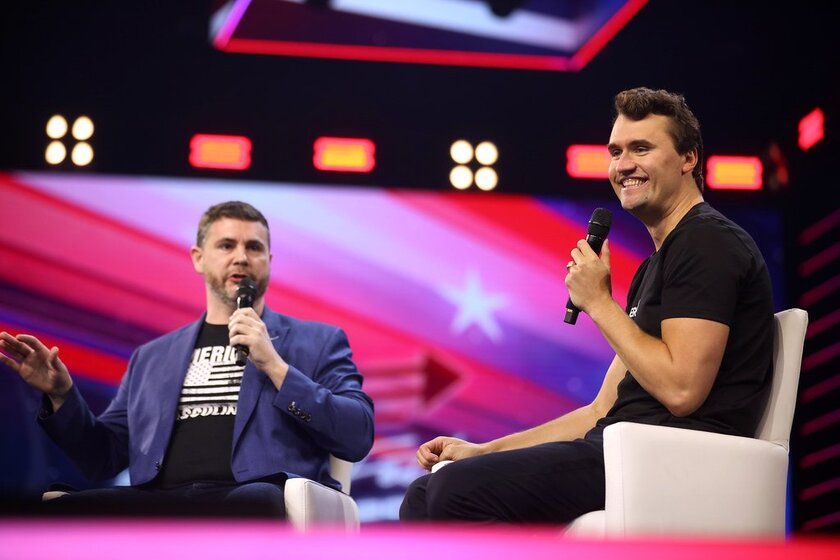President George Washington died at his home on December 14, 1799, at the age of 67. He died, as it turns out, of a particularly bad and sudden upper respiratory infection, most likely strep throat, that the doctors of his day (the best available) did not know how to treat. (Penicillin as a treatment wasn’t discovered until 1928.)
After going out on a cold and wet evening on December 12 to inspect his fields, President Washington returned to Mount Vernon to rest with a tickle in his throat. On December 13, he continued to work outside in the cold, wet conditions, and by evening realized he had a problem. By morning on December 14, he had a full-blown, emergency infection and got Martha to summon help. Doctors were on the scene and went to work that morning.
Not knowing how to treat President Washington’s sudden illness, his doctors made his predicament worse by using the best of 18th century “medicine” on him, starting with extensive blood-letting. In fact, they drained nearly half of the great man's blood from his body hoping to cure him. It made things worse, at the very least weakening him greatly while he was otherwise afflicted.
They also had him drink and gargle a number of potions that would have blistered his throat and increased the inflammation while doing nothing to combat the infection. Some of these included Spanish fly, potions made out of infusions of beetles, and a solution of butter, molasses, and vinegar. They also gave him a completely unhelpful enema.
Washington, certainly partially as a result of his “medical care,” succumbed to this now-trivial disease in under 24 hours, said goodbye to his family as the end drew undeniably near, closed his eyes one last time, and died, allegedly with the words “‘Tis well” being the last words from his lips before he went. That night, America lost a giant, perhaps in an untimely fashion.
Now imagine for a moment that among his doctors one had a stroke of divine inspiration (or connecting the dots between other observations he had made in similar circumstances) that led him to conclude before any treatment began that, in fact, The President was suffering from a simple bacterial infection of the upper airways and trachea. Imagine further that he was able to convince his fellows of this stroke of accurate and correct insight.
Would acquiring this accurate diagnosis have cured President Washington? No, not on its own.
Would President Washington still have succumbed and died of this simple but aggressive infection? Probably, but that cannot be known.
Even if he would have still died, would that diminish the value of the accurate diagnosis? Not at all, and that’s the point.
The accurate diagnosis alone could not have saved President Washington’s life, but one thing we might guess is that understanding that his illness was caused by an invading pathogen growing in his throat that had nothing to do with “bad blood” or “evil humours,” he may well have avoided the blood-letting in his treatment, saving much of his strength for fighting the severe but routine infection.
Furthermore, the potions and concoctions he was given to gargle and drink might have been better purposed to deal with a direct infection, per long experience with animals or other people, and perhaps would have been chosen in a way that was more beneficial or benign, especially if some understanding of the role of inflammation was part of the blessed miraculous insight of our hypothesis. Maybe they would have been chosen only for his comfort and to keep his airways clearer.
It’s very unlikely that his doctors would have realized that a certain strain of mold properly prepared and administered would have surely cured him, but they might have realized their primary focus should have been on keeping him breathing as well as possible while his body fought the infection, potentially preventing many of the other, harmful things they did.
One young doctor did propose such a solution, in fact, recommending a radical new surgical technique at the time called a tracheotomy, which was not performed. Whether or not he understood the situation (likely not), he did understand that the emphasis was to keep Washington breathing until he could recover under his own power (which would have been increased had he not been drained of half his blood and given to drink various potions, some of which were surely unhealthy). Had that surgical intervention been performed cleanly and correctly, many today think, Washington likely would have survived.
In other words, a correct diagnosis might or might not have saved President Washington in that last dark month of the eighteenth century, but it would have certainly achieved at least three effects:
1) It would have ruled out dangerous false “solutions” like blood-letting and perhaps some of the concoctions he was given;
2) It would have focused energy and attention on doing more productive, even if insufficient, things than were done, which combined may actually have saved The President's life; and
3) It still would have been correct and therefore a robust foundation for pursuing and achieving real, reliable solutions to the same problem in future circumstances, independent of Washington’s fate.
That is, getting an accurate diagnosis matters even when the diagnosis itself is not sufficient to solve the problem at hand. The likelihood of finding a viable solution to a problem goes up dramatically with an accurate diagnosis, and the likelihood of avoiding bad false “solutions” in the process also goes up dramatically in this case.
Now let’s turn our attention to Woke, a societal infection if ever there was one.
Woke, which is ultimately a group-based victimhood complex channeled through social philosophy, is always an incorrect understanding of the phenomena of society. It therefore cannot lead to correct solutions, only to ridiculous things like blood-letting (criticism, in metaphor).
It does not matter if we are talking about left-wing Woke, right-wing Woke, postmodern Woke, modern Woke, or premodern Woke. Woke is a petulant misunderstanding of the circumstances, therefore it cannot provide a correct diagnosis. Therefore, again, it cannot, except by a combination of luck and failure, produce a meaningful solution.
To wit, Marx did not have good criticisms of society, capitalism, free markets, free trade, liberalism, feudalism, slavery, or anything else he criticized—as is often asserted—because all of his criticisms relied upon his own modern-era Woke theory of social alienation and conflict that is fundamentally not correct. (It is sociognostic and just as heretical as any other Gnostic heresy, as such.) The solutions he applied are wrong not merely on their own but also because his diagnostic framework is wrong.
Keeping the diagnostic framework while recommending different solutions (right-wing Woke, or Woke Right) will not fix the fundamental problem because the diagnostic framework is still wrong. Therefore, the prescribed solutions will also be wrong. Right-wing Woke, maybe like Washington’s enema, is not an answer to left-wing Woke.
Getting accurate diagnoses about bad social theory—not by using it—is not on its own a solution any more than one of President Washington’s doctors realizing he has a strep infection would have been a cure. It is, however, the foundation for finding a cure, or at least for favoring minimal and palliative care dedicated toward the right objectives (keeping him breathing and full of his own blood while his body fought the infection) rather than taking detrimental wrong turns.
Similarly, Woke theories and obsessions with power, victimhood, and group identity, but for “right-wing” causes, is an easily avoidable wrong turn that can be avoided by understanding that Woke theory and its obsession with power, victimhood, and group identity are the disease itself. Or, more deeply, that both are aspects of the same dialectic that is making our society sick.
I hope Western Civilization can survive, even if we are unaware of the cure. Like the body of President Washington in December 1799, it already has many of the resources (like the Constitution) needed to fight the Woke infection it is currently suffering from—as long as we keep it breathing and don’t unnecessarily weaken it with false “solutions” like more Woke, more criticism, more victimhood, more identity politics, and more obsession with power, even if they’re pointing in the “other” direction.

















